Mexico’s Caribbean coastline stretches for hundreds of miles, yet most visitors never venture beyond the resort-dominated strips that have made destinations like Cancun and Playa del Carmen household names. The region’s most spectacular beaches often lie tucked away behind jungle paths, accessible only by boat, or hidden in coastal areas where development hasn’t yet transformed pristine sand into hotel zones.
These secret stretches of paradise offer the same turquoise waters and powder-soft sand as their famous counterparts, but with something increasingly rare—solitude and authentic Caribbean charm. From secluded coves where sea turtles nest undisturbed to lagoons where pink flamingos wade through crystalline shallows, the coast reveals new treasures to those willing to explore beyond the obvious destinations.
Here is a list of 18 hidden beaches that showcase Mexico’s Caribbean coast at its most unspoiled.
Xcacel Beach
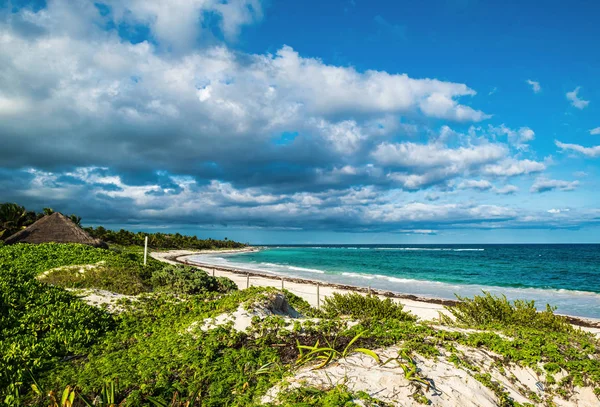
This protected sea turtle sanctuary lies between Playa del Carmen and Tulum, where four species of marine turtles return annually to nest on sand that remains largely undeveloped. The beach stretches for over a mile without a single hotel or restaurant, though a small cenote provides freshwater swimming just steps from the Caribbean Sea.
Access requires a short walk through coastal vegetation, but the effort rewards visitors with one of the Riviera Maya’s most pristine stretches of coastline.
Punta Allen’s Endless Sands
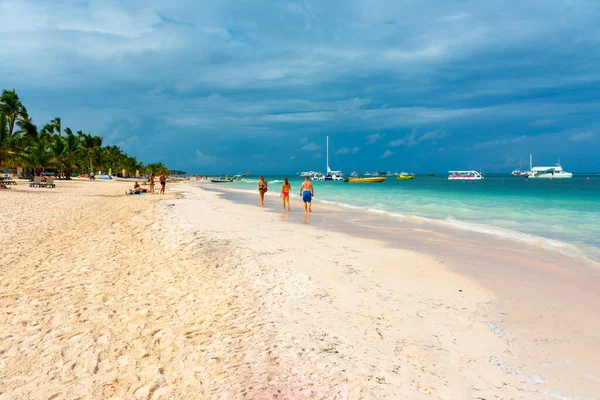
At the tip of the Sian Ka’an Biosphere Reserve, this fishing village sits where the Caribbean Sea meets Ascension Bay, creating miles of empty beaches backed by mangrove forests. The drive from Tulum takes nearly two hours over rough roads, ensuring that only the most determined travelers reach this remote outpost.
Local fishing guides offer flats fishing for tarpon and permit, while the beaches provide nesting sites for loggerhead turtles during summer months.
Like Travel Pug’s content? Follow us on MSN.
Isla Holbox’s North Shore
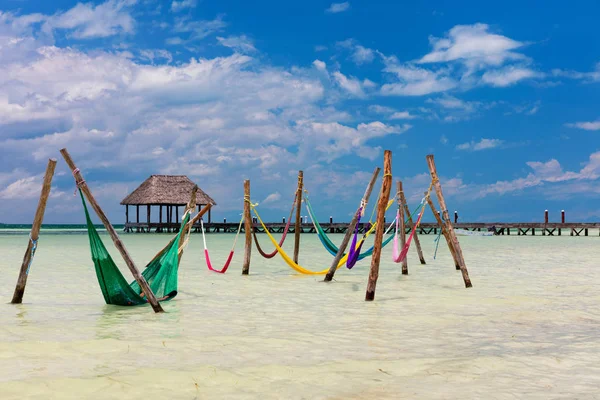
While Holbox’s main beach attracts day-trippers, the island’s northern coastline remains largely empty except for the occasional local collecting shells or seaweed. This side faces open Caribbean waters rather than the protected lagoon, creating different wave patterns and a wilder feeling than the popular swimming areas.
The beach extends for miles without development, punctuated only by natural driftwood sculptures created by wind and tide.
Mahahual’s Secret Spots

Beyond the cruise ship pier area, this coastal town hides quiet beaches where local families gather for weekend picnics while visitors remain scarce. The barrier reef lies remarkably close to shore, creating calm lagoon-like conditions perfect for snorkeling directly from the beach.
Small palapa restaurants scattered along the coast serve fresh ceviche and cold beer without the crowds found at more developed destinations.
Banco Chinchorro’s Atolls
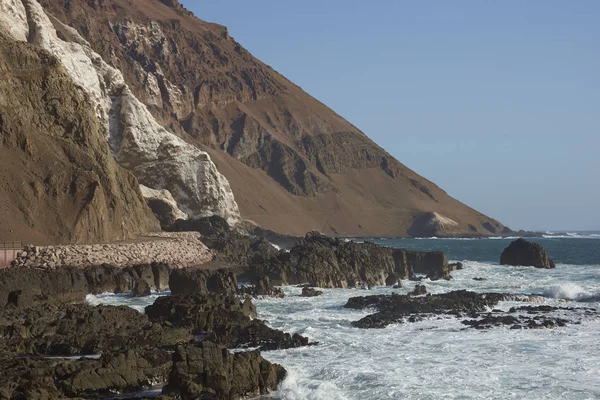
This remote coral atoll sits 18 miles offshore, accessible only by boat trips that typically require full-day boat trips, which reward travelers with some of the Caribbean’s most pristine coral reefs. The atoll’s shallow lagoons create perfect conditions for snorkeling among tropical fish species that rarely encounter humans.
Camping is possible on certain parts of the atoll, offering the unique experience of sleeping on a coral island surrounded by miles of open sea.
Like Travel Pug’s content? Follow us on MSN.
Xel-Há’s Hidden Cenotes
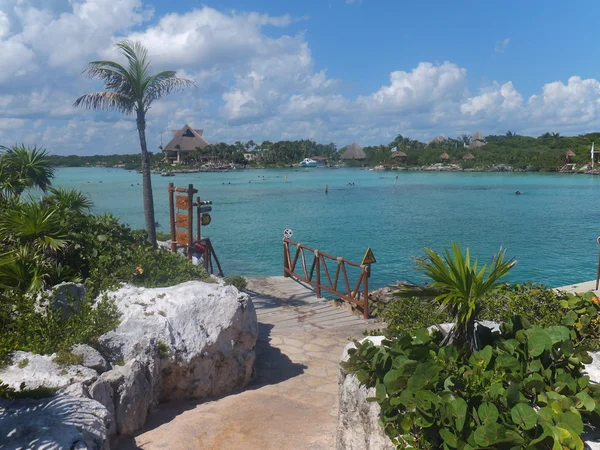
While the main attraction draws crowds, secret cenotes scattered throughout the coastal jungle offer private swimming holes connected to underground river systems. These natural pools maintain constant temperatures year-round and often feature cathedral-like caverns decorated with stalactites and underground vegetation.
Local guides can lead visitors to cenotes that rarely appear on tourist maps, providing authentic cave swimming experiences.
Costa Maya’s Unmarked Beaches
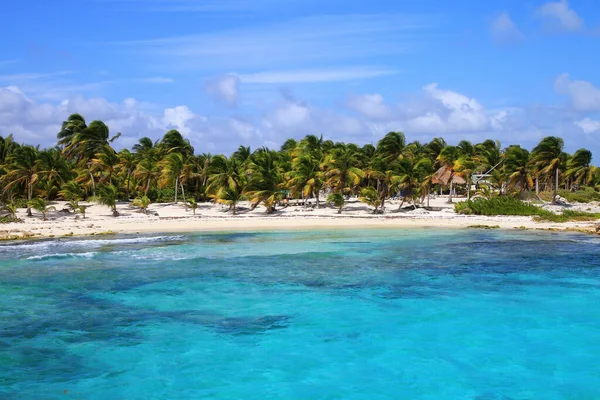
Between major resort areas, stretches of undeveloped coastline offer pristine beaches accessible by dirt roads that discourage casual visitors. These beaches often feature the same quality sand and water as expensive resort properties, but without entrance fees or crowds.
Beachcombing reveals shells and sea glass washed ashore by Caribbean currents, while coconut palms provide natural shade.
Cozumel’s Eastern Shores
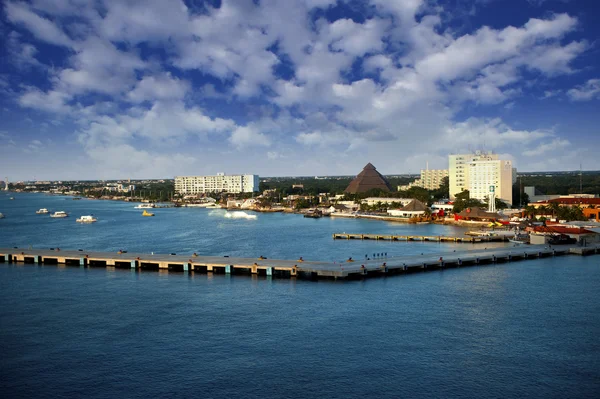
The island’s windward side faces the open ocean rather than the protected western coast, creating dramatic wave action and beaches that feel completely different from the diving areas. These beaches require careful timing due to strong currents but offer spectacular views and the sensation of standing at the edge of the vast Caribbean Sea.
Sea turtle nesting occurs along several stretches during the summer months.
Like Travel Pug’s content? Follow us on MSN.
Puerto Morelos’s Reef Lagoon
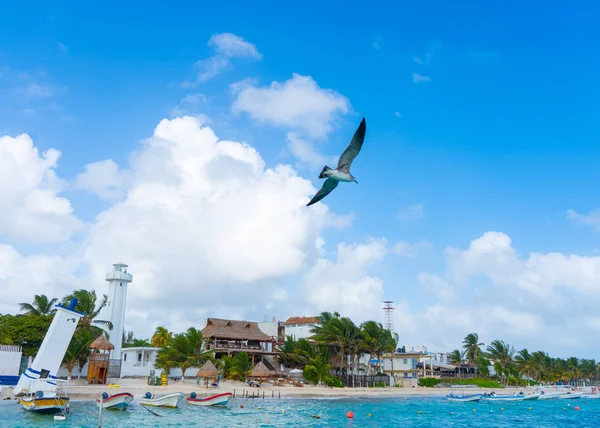
This small fishing town maintains a section of beach where the barrier reef creates a natural swimming pool with warm, calm water perfect for families. Local fishermen still launch their boats from the beach each morning, providing authentic glimpses of traditional Caribbean coastal life.
The town’s laid-back atmosphere contrasts sharply with nearby resort developments, feeling more like an undiscovered island village.
Akumal’s Turtle Coves
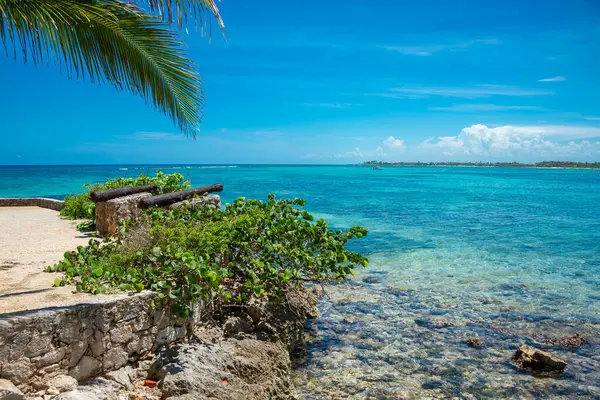
Beyond the main turtle swimming area, hidden coves along this stretch of coast provide quiet snorkeling spots where green sea turtles graze on seagrass beds without tour group disturbance. These smaller beaches often require short walks through coastal vegetation but offer more intimate encounters with marine life.
The crystal-clear water makes underwater photography possible even for beginners with basic equipment.
Playa Maroma’s Northern End
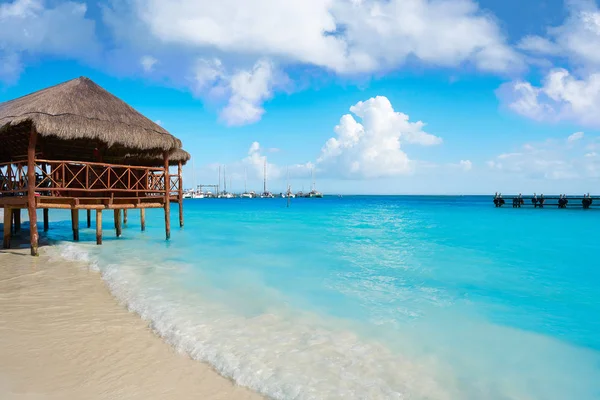
While the southern portion hosts luxury resorts, the northern end of this beach remains largely undeveloped, accessible via a jungle path that emerges onto pristine white sand. The beach curves gently, creating protected swimming areas while maintaining the dramatic beauty that made this coastline famous.
Coconut palms lean over the sand at impossible angles, creating natural hammock supports.
Like Travel Pug’s content? Follow us on MSN.
Isla Mujeres’s Hidden Side
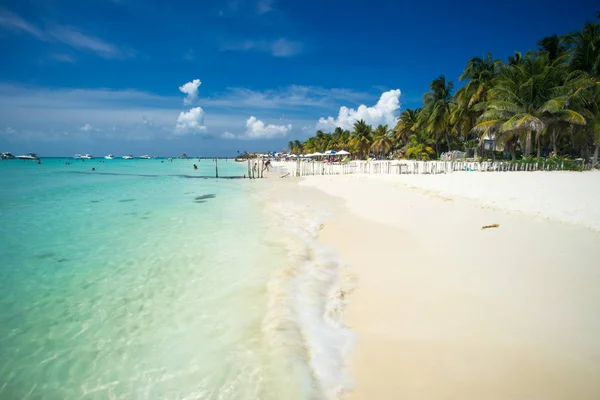
Beyond the popular Playa Norte, the island’s eastern and southern coasts offer rugged beauty where waves crash against rocky shores punctuated by small sandy coves. These areas feel more like remote Caribbean islands than tourist destinations, with tide pools supporting colorful marine life and clifftop views stretching to the horizon.
Local restaurants in these areas serve the island’s freshest seafood with minimal tourist markup.
Tulum’s Southern Beaches
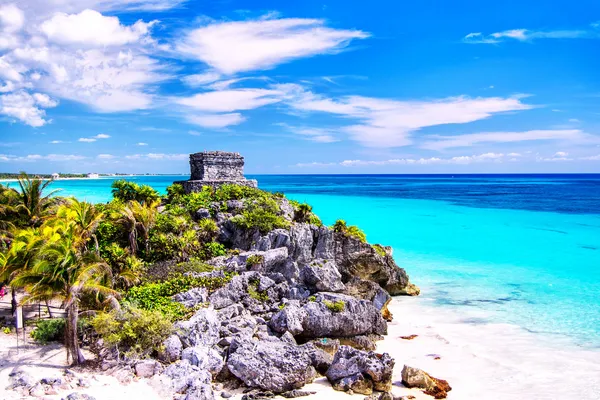
Past the main archaeological zone, beaches extend southward toward the Sian Ka’an reserve, becoming increasingly wild and empty. These shores maintain the same powdery sand and turquoise water as the famous ruins beach, but see far fewer visitors due to limited access roads.
Beachfront palapas operated by local families offer simple meals and cold drinks without resort-level prices.
Bacalar’s Hidden Lagoon Beaches
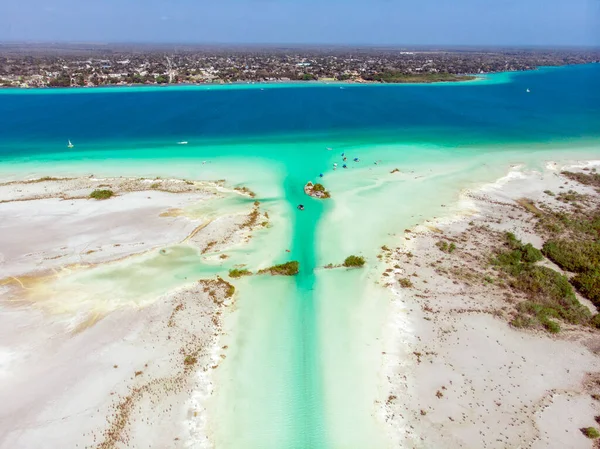
While technically a lagoon rather than an ocean, Bacalar’s crystal-clear freshwater creates beach experiences that rival any saltwater destination. Hidden cenotes feed the lagoon system, creating spots where springs bubble up through white sand in clear water.
The lagoon’s varying depths create different shades of blue throughout the day, from pale turquoise in shallow areas to deep sapphire in the channels.
Like Travel Pug’s content? Follow us on MSN.
Chemuyil’s Secret Cenote Beach
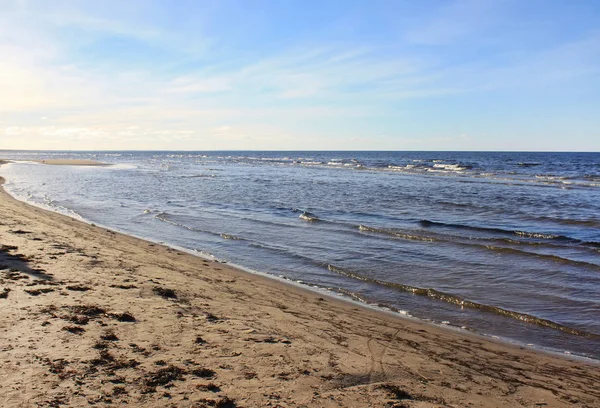
This small coastal community hides a unique formation where an underground river emerges directly onto the beach, creating a freshwater swimming area just steps from Caribbean waves. The mixture of fresh and saltwater creates unusual conditions that support diverse plant and animal life not found in purely marine environments.
Local guides can explain the geological forces that created this rare coastal phenomenon.
Sian Ka’an’s Pristine Shores
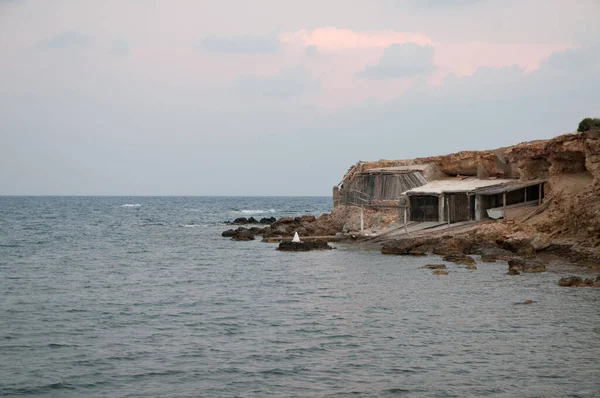
Within the UNESCO World Heritage biosphere reserve, miles of completely undeveloped beaches provide nesting habitats for sea turtles and feeding areas for countless bird species. Access requires guided tours that emphasize conservation, but the experience of walking beaches that look exactly as they did centuries ago proves unforgettable.
The reserve’s strict protection ensures these beaches will remain wild for future generations.
Celestún’s Pink Lagoons

While technically on the Gulf side, this coastal area’s pink-tinted lagoons created by salt-loving algae provide one of Mexico’s most unusual beach experiences. Thousands of flamingos feed in the shallow waters, creating living pink clouds against blindingly white salt flats.
The contrast between the otherworldly lagoons and traditional Caribbean beaches just miles away demonstrates Mexico’s incredible coastal diversity.
Like Travel Pug’s content? Follow us on MSN.
Xcalak’s Frontier Beaches

At the very end of the coastal road near the Belize border, this remote fishing village offers miles of empty beaches where the only footprints belong to locals checking fish traps. The nearby Mesoamerican Reef provides world-class diving and snorkeling, while the village maintains an authentic Caribbean atmosphere largely untouched by tourism development.
Solar power and composting toilets reflect the community’s commitment to sustainable living.
Where Paradise Still Exists
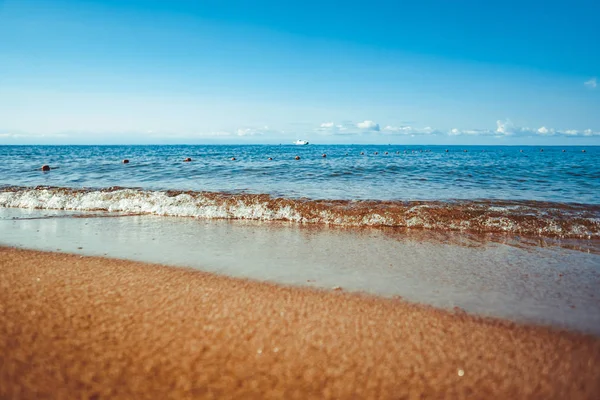
These hidden beaches prove that Mexico’s Caribbean coast still harbors countless secrets despite decades of tourism development. While famous destinations will always attract visitors seeking guaranteed tropical experiences, these secluded shores offer something increasingly precious—the chance to discover rather than simply visit.
The Mexican government’s growing commitment to coastal conservation ensures that future travelers will continue finding untouched paradise along this remarkable coastline.
More from Travel Pug

- 20 Best Beach Towns in the Carolinas
- 13 Destinations Where Tourists Regularly Regret Their Trip
- 20 Things You Actually Get in First Class
- 20 Small Airports With Aviation Museums
- 20 Places in the U.S. That Are Perfect for a Reset Trip
Like Travel Pug’s content? Follow us on MSN.
